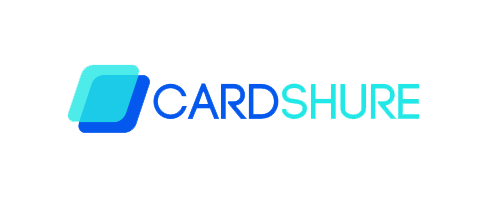In this article, we have dissected How to Apply for Home Improvement Loans which would offer readers valuable information to think about before, during, and after the process involved in the application. Also, we have answered some major questions involved in home improvement loan questions to put some of your worries and concerns to rest.
Getting a home improvement loan is not all that complex, but it can be quite intensive especially if you are not sure of the type of product you want to get. Luckily for you, your budget and your credit score would be the major factors that would determine the steps you need to take in other to apply for a home improvement loan.
Applying for a Home Improvement Loan
A credit for home improvements is one in which the money given should be used to pay for home improvements. These credits can be gotten for as little as a couple of hundred pounds or much as £25,000, so they can be utilized to finish both little and huge home upgrades.
A personal loan can frequently be used for a specific purpose. After all, we can get car loans to buy cars and debt consolidation loans to pay off other debts.
What is the Best Loan for a House that Needs Improvement
Every year, people from all over decided that they need to make some major or minor improvements to their homes. And these improvements include everything from a fresh lick of paint and new furnishings to more significant changes like that of a new kitchen or a loft conversion.
But making the payment for these changes upfront is not entirely possible, and they turn into a home improvement loan. This loan is an amazing option for anyone that wants to complete a home renovation project.
How to take out a Home Improvement Loan
Home improvement loans turn out to be more like any personal loan. There is a standard set of information that you would need to apply, and you are expected to compare multiple lenders right before finally making a decision.
Research Home Improvement Loans
When it comes to home improvement loans, there are four major options you can select from. They include:
- Personal loan.
- Credit card.
- Home equity loan.
- Home equity line of credit.
Each of them carries its very own benefits and drawbacks. Personal loans and credit cards are majorly unsecured and good for small- to midsize projects. Home equity loans and lines of credit are majorly secured by your home’s equity. So the more equity you carry, the more you are able to borrow, but you would risk foreclosure if you choose to default.
It is best that you carry out your research first before determining which options suits you the most and fit your budget. Seeing as every home improvement project works differently, you would be required to make a decision based on how much you have at hand to spend and how flexible your cost is.
Compare lenders
Compare lenders after determining the kind of home improvement loan you require. Take into account the requirements, terms, fees, and interest rates of the borrower. The complete expense of your credit will be impacted by these.
When making your decision, you should also take into account the maximum amount of money you can borrow. Credit cards cannot be used to pay for a significant project. In this situation, the best option will be a credit that takes into account the value of your home and gives you at least ten years to manage it. Essentially, your ongoing Visa may be charged for a little undertaking.
Gather Documentation
All lenders usually have similar general requirements. You would be required to submit some basic details about yourself to kick off the loan process. They include:
- Proof of income, like pay stubs or tax returns.
- Proof of residence, like your Social Security number and utility bills.
Factors include your total income, housing payment, and current debts. To ensure that the application process is as painless as possible, be sure to have all of the information your bank might need close by.
Apply for Prequalification
Utilize lenders that provide a prequalification procedure. You can see a preview of your interest rate and the total cost of your home improvement loan in this quote. You won’t have to worry about it having an effect on your credit score because it is done with a soft credit pull.
Finalize your Application
After comparing lenders, you will need to contact your primary choice to complete the application. Keep an eye on what your bank needs because this may necessitate additional data or desk work.
The assets for your home improvement advance will then, at that point, be saved into your picked financial balance by your bank. After that, you can spend as much as you want and start paying back the loan every month.
How to Compare Home Improvement Loans
Shop around and pre-qualify in other for you to locate the right loan for your project. Here I would be listing some important features to compare among home improvement loans:
Annual percentage rate
The APR shows the total cost of the loan, including any fees the lender might charge. That might be the best place to start if you belong to a credit union. The maximum APR at federal credit unions is 18%.
Loan Term
A loan with a longer repayment term may have lower monthly payments, but it will also cost you more in interest over the course of the loan than a loan with a shorter repayment term.
Monthly Payment
Even if you get a low rate, check that the monthly payments fit your budget. Utilize a home improvement loan calculator to determine the loan amount, interest rate, and repayment term required to achieve an affordable monthly payment.
Ability to add a co-signer or co-borrower
With some lenders, you can add a co-signer or co-borrower to your application. If you include someone with better credit or a higher income on the loan application, you might be able to borrow more money or get a lower interest rate.
Loan Amount
Lenders can set limits as high as $40,000. If you anticipate that your project will cost more than that, look for a lender that offers loan amounts that are higher.
More Related Content
- Mortgage Broker – How Mortgage Brokers Work
- Business Ethics: Why is it important for future leaders to study it?
- How to Make a Financial Success Story out of Your Mobile App
- Roadside Assistance Insurance
- 6 Dangers Of Using Credit Cards – How You Can Avoid Them

